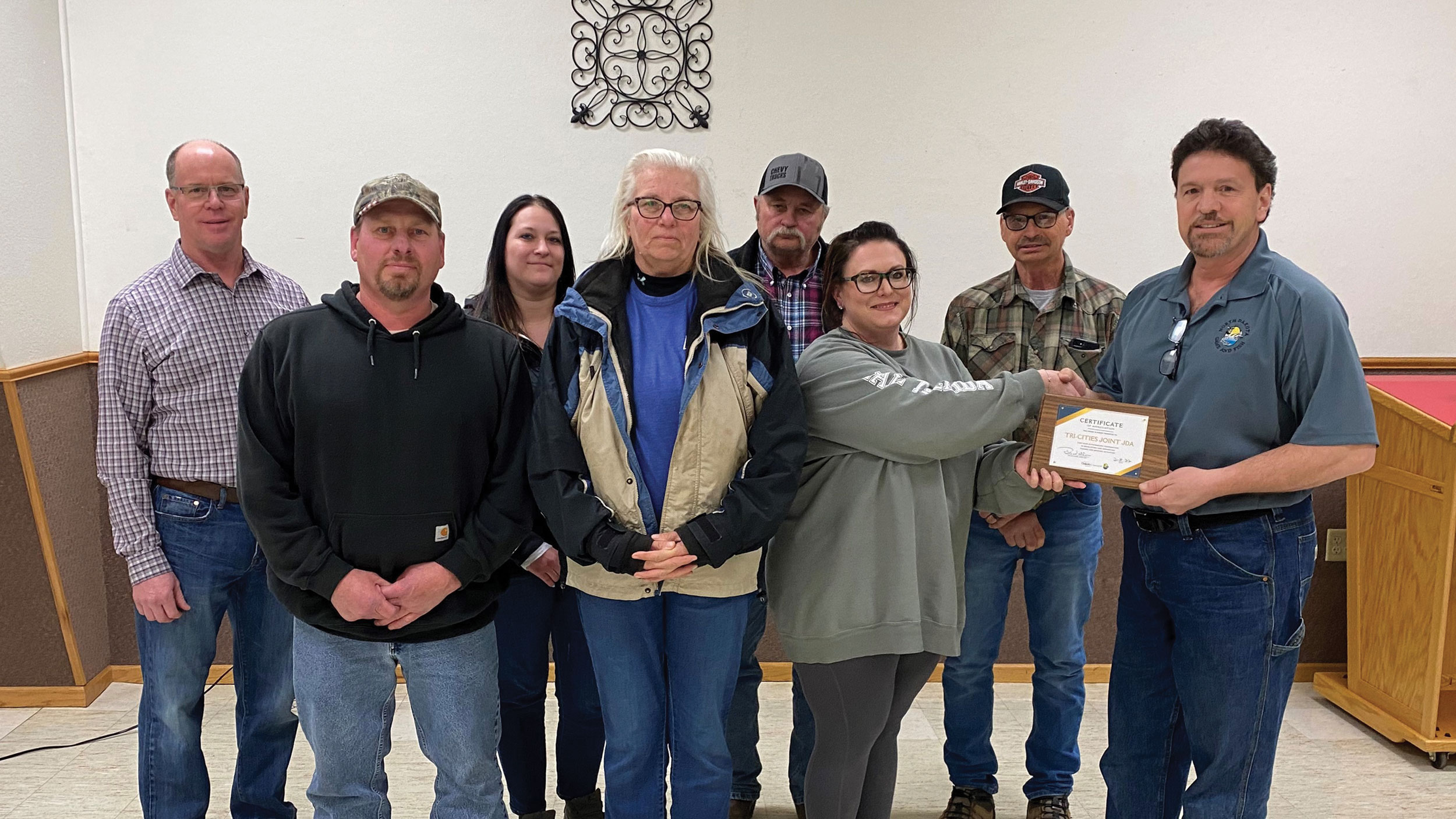NASP State Tournament Results
School-aged archers from across the state participated in the 2022 National Archery in the Schools state tournament in Minot.
Oakes students claimed top honors in the bull’s-eye high school (grades 9-12), middle school (grades 7-8) and elementary (grades 4-6) team divisions. The overall individual male winner was Wahpeton archer Joshua Wiebusch, while Hankinson student Danica Onchuck claimed the top individual spot in the female division.
Oakes students also took first place in the NASP 3-D Challenge high school and middle school team divisions, and Mt. Pleasant followed up with top honors in the elementary team division. Wiebusch was the top male winner, and Madision Samuelson from Mt. Pleasant was top female.
In addition, Layton Jacobson from New Rockford-Sheyenne (bull’s-eye middle school boys), Shayle Zimbelman from Oakes (bull’s-eye middle school girls) and Presley Thompson from Bob Callies (3-D elementary girls) captured first place at the Western Nationals, and as a state North Dakota placed in the top 10.
Place winners by competition at the state tournament in Minot:
Varsity boys – 1) Joshua Wiebusch, Hankinson; 2) Jayce Rivinius, Gackle-Streeter; 3) Brady Graves, Wahpeton.
Varsity girls – 1) Zoey Bohnenstingl, Lidgerwood; 2) Octavia Ralph-Martinson, Griggs County Central; 3) Madison Graves, Wahpeton.
Bull’s-eye high school boys – 1) Joshua Wiebusch, Hankinson.
Bull’s-eye high school girls – 1) Octavia Ralph-Martinson, Griggs County Central.
Bull’s-eye middle school boys – 1) Grant Grabinger, Medina.
Bull’s-eye middle school girls – 1) Danica Onchuck, Hankinson.
Bull’s-eye elementary boys – 1) Wyatt Arrowood, Oakes.
Bull’s-eye elementary girls – 1) Elissa Estenson, Mt. Pleasant.
3-D high school boys – 1) Joshua Wiebusch, Wahpeton.
3-D high school girls – 1) Madison Samuelson, Mt. Pleasant.
3-D middle school boys – 1) Layton Jacobson, New Rockford-Sheyenne.
3-D middle school girls – 1) Shayne Zimbelman, Oakes.
3-D elementary boys – 1) Carter Belgrade, Mt. Pleasant.
3-D elementary girls – 1) Elissa Estenson, Mt. Pleasant.

 North Dakota Game and Fish Department
North Dakota Game and Fish Department